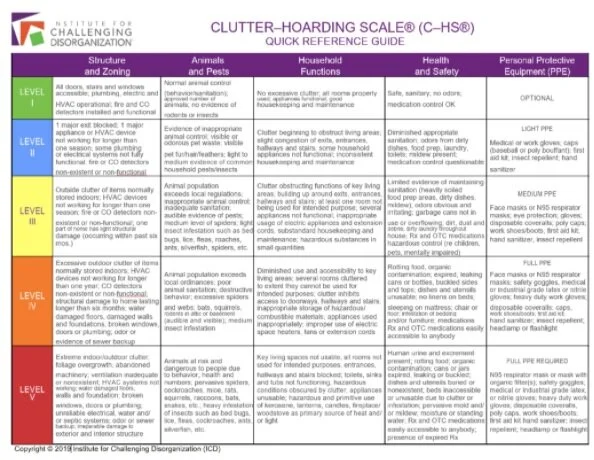The Stages of Change Model: Where Are You in Your Organizing Journey?
When it comes to individuals with ADHD, the idea of simply “tidying up” can feel like climbing a hill in rollerskates carrying a hangry toddler under each arm.
The good news is that there are tools and resources out there to help support you! My Favorite Resources page includes a ton of great information in the Chronic Disorganization and Hoarding Resources section.
In a recent post, we talked about the Four Stages of Competence. Today I want to tell you about the Stages of Change model, which is connected to the Stages of Competence. This is such a helpful and hopeful tool to help you see where you are in your journey and also to map out where you want to be.
Let’s get into it.
Stage #1: Precontemplation - Not yet acknowledging a problem that needs to be changed.
At this stage, disorganization may feel like a part of everyday life. You may not yet see how clutter impacts your stress levels or productivity.
What This Looks Like:
Contemplation: Feeling stuck and not knowing where to begin
You’re not yet motivated to make a change.
Disorganization feels normal, or you believe “this is just who I am.”
How to Move Forward:
Start building awareness. Reflect on how your space makes you feel. Do you feel calm or stressed? Seek out information through blogs, podcasts, or books to better understand the benefits of organization and how it can support your daily life. This leads to…
Stage #2: Contemplation - Acknowledging that there is a problem but not yet ready, sure of wanting, or lacks confidence to make a change
In this stage, you recognize that disorganization is creating stress or barriers, but creating change feels overwhelming.
You may feel stuck between wanting to change and not knowing where to begin.
What This Looks Like:
You’re thinking about organizing but don’t feel confident or ready to start.
You may procrastinate or feel frustrated when you try to make progress.
How to Move Forward:
Start small and focus on building momentum. Pick one manageable area to work on, like clearing a drawer or organizing your desk. Use tools like checklists or visual reminders, and consider seeking support from a professional organizer or accountability partner to guide you.
Tools like the Clutter Hoarding Scale and the Clutter Quality of Life Scale from the Institute for Challenging Disorganization can help with this step.
Stage #3: Preparation/Determination - Getting ready to change
This stage involves committing to change and beginning to make a plan. You’re ready to take action and are gathering the tools and resources you need!
What This Looks Like:
You’re setting goals and brainstorming solutions.
You may feel both motivated and slightly nervous about starting.
How to Move Forward:
Plan your approach by breaking your project into smaller, actionable steps. Gather organizing supplies like bins, labels, or donation bags, and schedule time for your first organizing session. Make it manageable to avoid overwhelm.
Stage #4: Action/Willpower - Changing behavior
In this stage, you’re actively working to create change. You’re decluttering, setting up systems, and experimenting with what works best for your space and lifestyle.
What This Looks Like:
You’re making visible progress and building new habits.
Staying consistent may still feel like a challenge, but you’re motivated by results.
How to Move Forward:
Focus on functionality, not perfection. Celebrate each milestone, no matter how small, and give yourself grace as you adjust systems to fit your needs. Remember: progress, not perfection!
Stage #5: Maintenance - Maintaining the behavior change
The final stage is all about keeping the systems you’ve created running smoothly. This is where habits are reinforced, and maintaining your progress becomes part of your routine.
What This Looks Like:
You’ve developed systems that work for you, and maintenance feels manageable.
Clutter doesn’t pile up as much, and you have strategies to deal with it when it does.
How to Move Forward:
Schedule regular check-ins to evaluate your systems and make adjustments as needed. Keep decluttering simple by building it into your routine—like tidying for 10 minutes a day. Celebrate your success and remember that maintenance is an ongoing effort, not a one-time fix.
Final Thoughts
The Stages of Change model is a reminder that getting and staying organized is a journey. No matter where you are in the process, each step is an opportunity to learn and grow.
If you’re ready to move forward but need a helping hand, I’m here to support you. As a professional organizer specializing in ADHD and neurodiverse clients, I’d love to help you create systems that work for your unique needs. I’m located in Portland, Oregon.
Contact me today for a free 30-minute consultation, and let’s take the next step together!
Happy Organizing!





